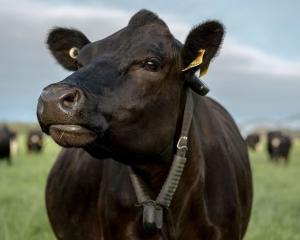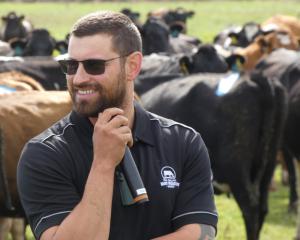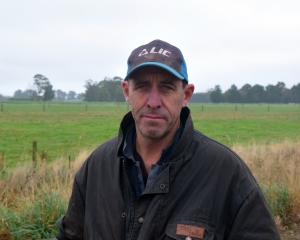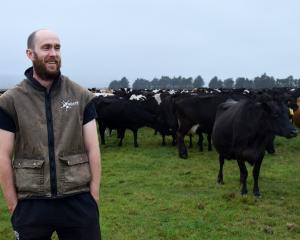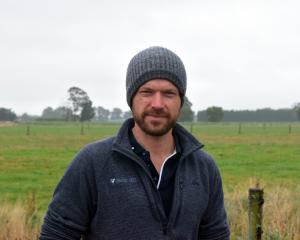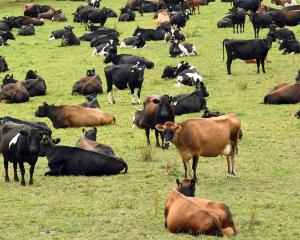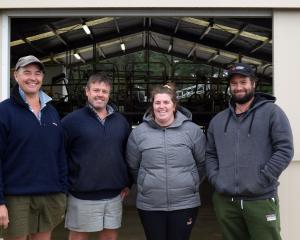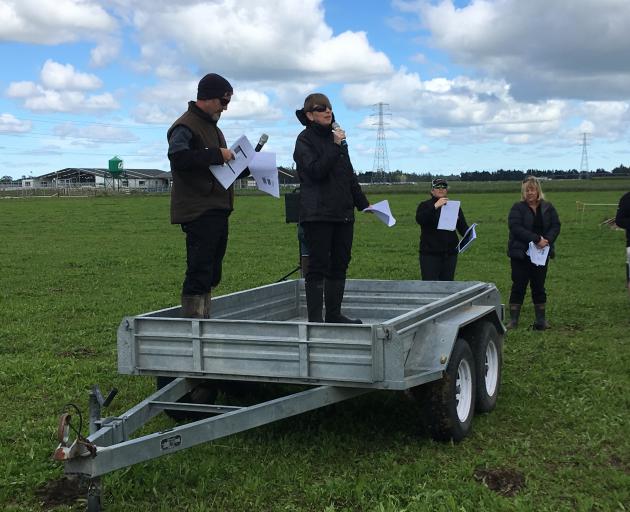
The DairyNZ trial, called ''forages for reduced nitrate leaching'', involves nine Canterbury farms and one in the North Island. It is already producing benefits.
DairyNZ senior scientist Dr Ina Pinxterhuis provided an update to farmers at the Lincoln University Dairy Farm's summer focus day at the university's Ashley Dene Research and Development Station on February 22.
She said the trial was a follow-up on the Pastoral 21 trials, but with a greater focus on the ''nitrate cycle''.
From the results of the Pastoral 21 trials several possible solutions were proposed, including ''reduce, reuse, recycle'' when it came to nitrogen, increasing production per cow, improving cow longevity and fertility, using low nitrogen supplements and using stand-off pads in high-risk periods.
Farmers in the trial were encouraged to use fodder beet as a winter crop because of its lower nitrogen content. It was also high yielding and used a smaller area of the farm.
''In our Pastoral 21 trials on the Lincoln University Dairy Research Farm we were able to reduce nitrate leaching by about 40% without much loss in production,'' Dr Pinxterhuis said.
Part of the initiative centred on reducing the nitrates going into animals.
''We often have big surpluses in the animals which end up in the urine and then into the urine patch which is left behind, so it's about reducing the nitrates going on to the urine patch, but also utilising those nitrates better which do get left behind.''
To achieve this, farmers in the trial were encouraged to grow ''a catch crop'', such as green oats, immediately after the fodder beet had been harvested by the animals and before the paddock was regrassed.
Dr Pinxterhuis said plantain, which only four years ago was considered a weed, was proving to be effective at reducing nitrate leaching as it was water-based, meaning the cows urinated more but the nitrate content of the urine was diluted.
Ecotain, developed from plantain, could be mixed with ryegrass seeds and sown in a paddock. As it was not a perennial crop, its effectiveness would reduce over time.
Trials at Ashley Dene Research and Development Station showed Italian ryegrasses with 35% to 40% ecotain reduced the nitrogen content in the urine patches by 90% in the first year and 50% in the second year.
Dunsandel farmer Tony Coltman spoke about his experiences in the trial.
''It's one extremely well run programme ... it's one of the better projects around for getting us up to speed with what we need to be doing.
''It's incredible. You think you've got wastage under control, but until you look closely you don't realise just how much you can save.
-By David Hill



